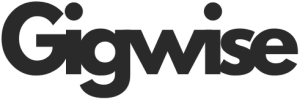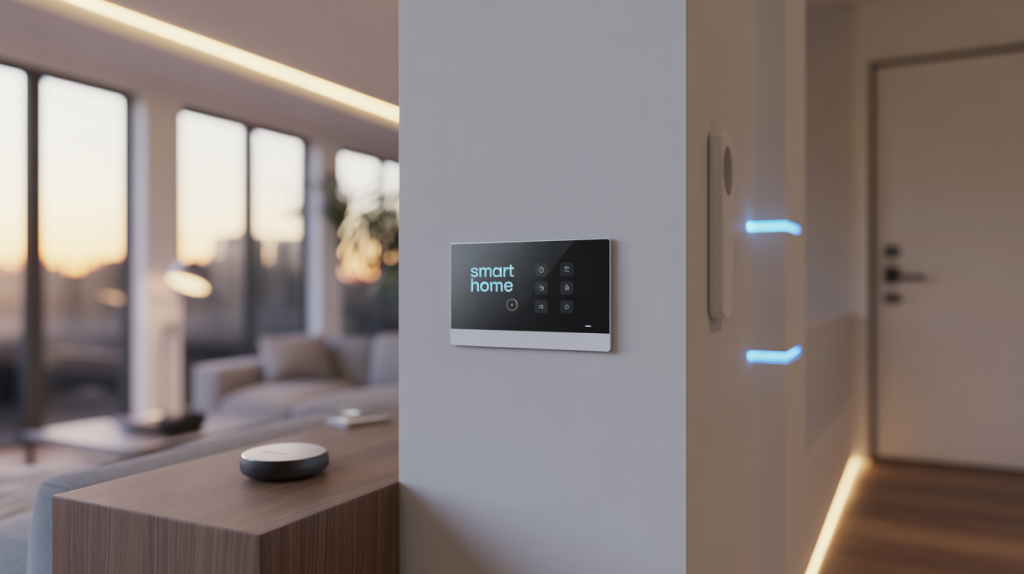Businesses and property owners are more and more looking to smart building systems to maximize operations, cut expenses, and improve sustainability in the competitive environment of today. Adopting smart technology, therefore, calls for a firm knowledge of the financial consequences. This paper assists stakeholders in making educated decisions by examining the trade-off between first investments and the possible rewards.
Understanding the Upfront Costs
Using a smart building system calls for major initial expenditure. The size, complexity, and particular objectives of the building project will determine how these expenses change. Typically, expenses include:
- Hardware Installation: Sensors, controllers, meters, and communication systems are the basis of every smart building. Costs here rely on the number and kind of devices installed.
- Software Licensing: Usually, access to the platform’s features, analytics, and visualization tools calls for membership fees or one-time license charges.
- Integration and Configuration: Connecting smart gadgets to the current infrastructure calls for knowledgeable people and may include modifying old systems.
- Training and Onboarding: Training and Onboarding: Building management teams have to be educated to use the new platform effectively, hence increasing the first expenditure.
While these costs may seem steep, they lay the groundwork for long-term operational efficiency and savings.
How Smart Platforms Drive Long-Term Savings
Once operational, smart building platforms start generating value almost immediately.The capacity of the technology to collect, examine, and improve building performance can lead to significant savings in many different fields.
Smart systems are finding inefficiencies that conventional systems might overlook, so energy use is a main goal. Occupancy-driven lighting, automated HVAC changes, and predictive maintenance strategies all contribute to lower maintenance and power costs.
Using CIM software, property owners can obtain actionable information about performance problems, so proactively handling them before they turn expensive concerns. Moreover, some insurance providers offer discounts on homes with advanced risk management and monitoring technologies, therefore improving financial benefit.
Breakdown of Potential Savings
Examining important areas where smart building platforms generate financial benefits will help one to grasp the real economics:
- Energy Efficiency: Depending on building type and use patterns, smart energy management can save energy expenses by 10–30% yearly.
- Maintenance Reduction: Predictive maintenance can reduce maintenance costs by 15 to 25% by avoiding equipment breakdowns and prolonging asset life.
- Occupant Productivity: Improved indoor surroundings increase employee happiness and performance, thereby indirectly supporting organizational revenues.
- Operational Efficiency: Operational Efficiency: Simplified facility management procedures release resources that may be redirected to more strategic projects.
These cumulative savings contribute significantly to justifying the upfront investment over time.
Calculating the Return on Investment (ROI)
Usually, ROI estimates for smart building systems involve weighing the overall anticipated savings against the upfront expenses over a certain time, frequently three to five years. A basic formula would be:
ROI (%) = (Total Savings – Initial Investment) / Initial Investment × 100
For example, if a building saves $300,000 over five years after a $150,000 initial investment, the ROI would be:
ROI = ($300,000 – $150,000) / $150,000 × 100 = 100%
Numerous case studies indicate that smart building systems can provide good ROI in two to three years, with returns rising significantly as energy prices increase and technology change.
Factors Influencing ROI
Many factors can affect the ROI of a smart building project::
- Building Age and Condition: Older structures could need more thorough retrofitting, which would impact expenses and schedules.
- Tenant Use Patterns: Buildings with consistent use, like offices, tend to see faster returns than those with erratic schedules.
- Local Incentives: Some governments provide tax credits, subsidies, or rebates for energy-efficient improvements, hence enhancing project economics.
- Technology Scalability: Platforms that can grow with building requirements help keep minimal incremental expenses as operations grow.
When predicting the financial results of smart building investments, one must first grasp these elements.
Challenges and Risks to Consider
Though there are obvious financial advantages, putting smart building ideas into practice presents difficulties. Possible hazards are:
- Integration Complexity: Legacy systems could not easily connect with current smart technology.
- Cybersecurity Concerns: Increased connectivity heightens the stakes for cybersecurity risks, hence strong protective actions are required.
- Evolving Technology: Rapid technology developments could make some systems obsolete quicker than anticipated.
Reducing these hazards calls for deliberate strategy, selection of future-proof solutions, and cooperation with knowledgeable suppliers and advisors.
Strategic Tips for Maximizing ROI
For those considering a smart building transformation, a few strategies can help maximize returns:
- Start Small: Pilot projects allow for testing the waters before committing to full-scale deployment.
- Focus on High-Impact Areas: Target critical areas such as HVAC, lighting, and security where immediate savings are most likely.
- Set Clear Metrics: Define success criteria from the outset to track progress and refine strategies over time.
- Plan for Scalability: Choose platforms designed for future expansion, minimizing the need for future overhauls.
Adopting a phased and data-driven approach ensures that smart building investments deliver measurable and sustainable economic value.
A Look to the Future
The financial argument for smart building systems gets stronger as energy prices change and requirements for sustainability increase. Innovations in data analytics, IoT devices, and artificial intelligence will keep pushing the limits of what is possible, hence enhancing efficiency and profitability.
Property owners and facility managers that act proactively today set themselves up to enjoy notable financial benefits in the next ten years. Strategic investments made now will likely set the standard for competitive advantage and long-term resilience.
To stay updated on smart building trends and economic insights, check out the lates blog articles and continue exploring how data-driven innovation is shaping the built environment.





















